Another Charm of Kanto-Saitama

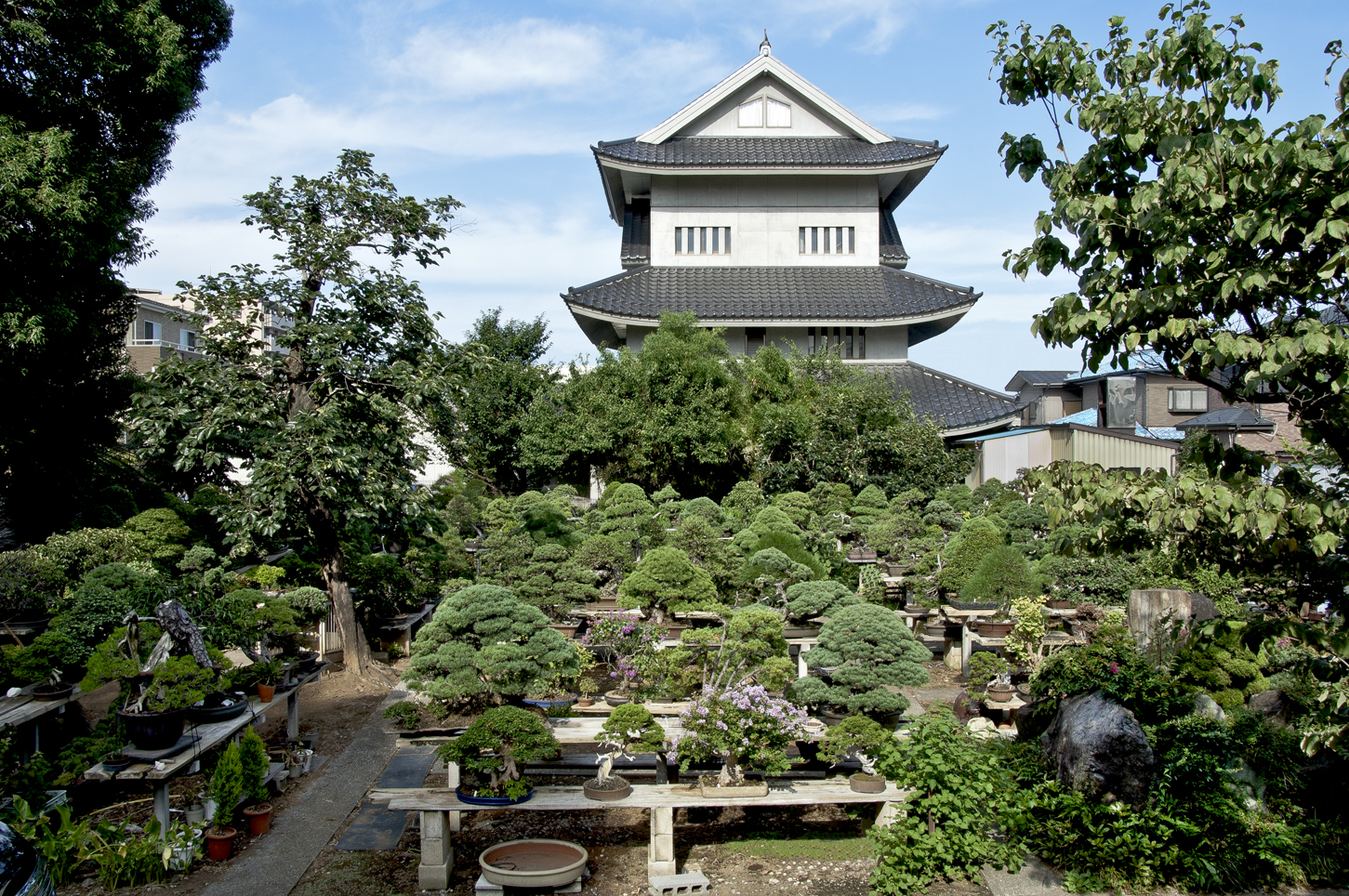
Embark on a journey through the Kanto area and discover the rich tapestry of Japan’s old cultures. Delve beyond the popular tourist hotspots of Tokyo, Hakone, and Mt. Fuji to uncover the hidden gems in Tokyo’s neighbourhood.

Step into Saitama Prefecture, the vibrant heart of the Kanto region, and savor the opportunity to engage with, experience, and taste the time-honored traditions that define this remarkable area.
DAY 1
Omiya Bonsai Village (Omiya Bonsai Art Museum)
The Omiya Bonsai Art Museum in Saitama City is the core facility for promoting bonsai culture as it provides information to domestic and international audiences by introducing bonsai culture through the exhibition of world-class bonsai masterpieces. The museum was opened in March 2010 to promote international exchange through bonsai and interaction between bonsai enthusiasts.
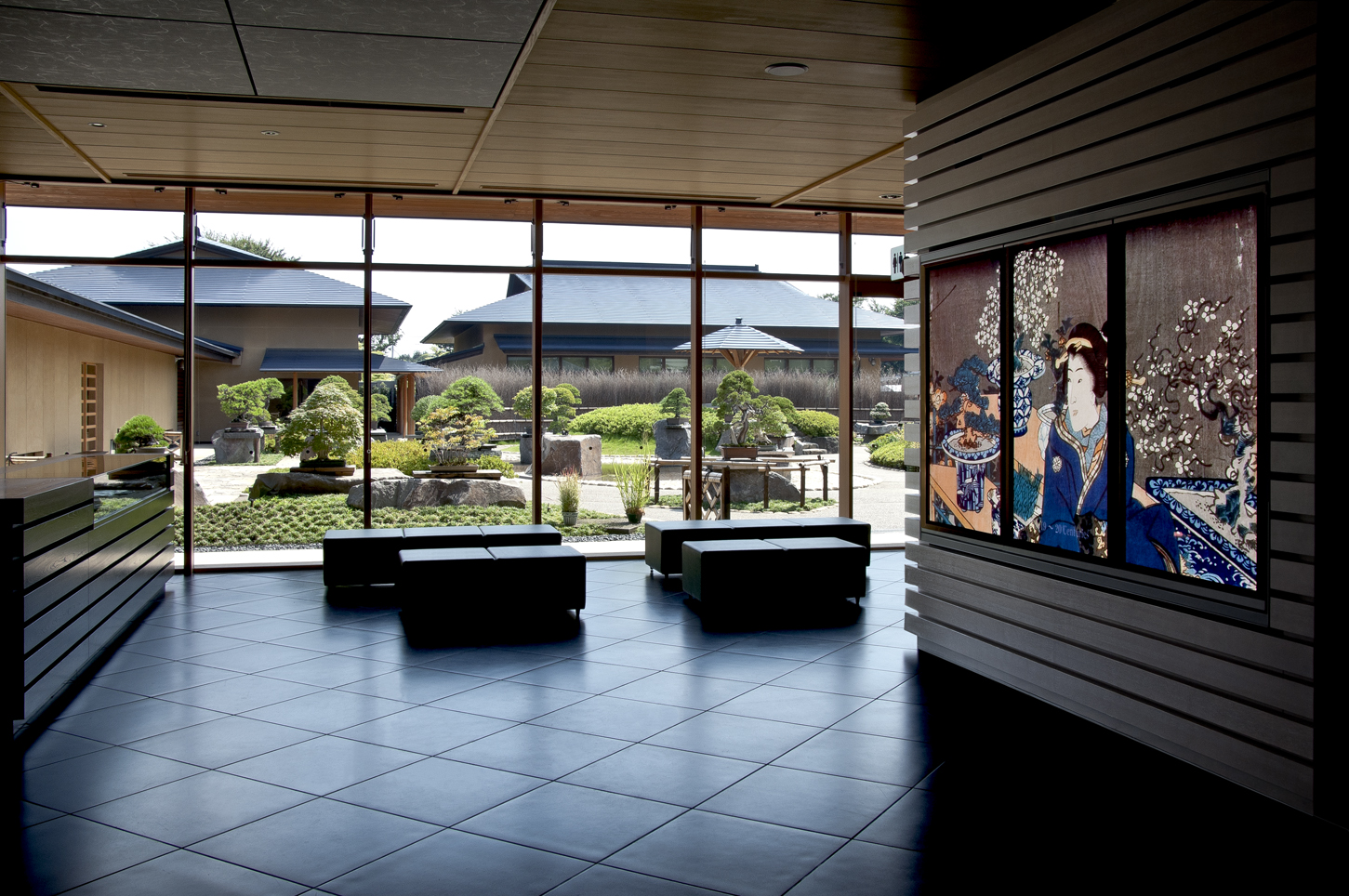
Omiya Bonsai Village (Bonsai Park)
Bonsai is a traditional Japanese art that aims to express time, space, and landscapes, and to achieve beauty beyond that found in nature. It is characterized by a rich sensitivity to the changing seasons, a gentle appreciation for life, and a strong aesthetic sense. Bonsai has a long history and is highly respected worldwide. Today, the word “BONSAI” has become synonymous with Japanese culture on an international level. Omiya Bonsai Village is recognized as the world’s bonsai center and attracts numerous enthusiasts from around the globe. During the tour, you will have the unique opportunity to explore Bonsai Village and visit the bonsai garden located within.

Saitama Shintoshin Joint Government Bldg. Observation Deck
Saitama Shintoshin Joint Government Building No. 1 is a 31-story high-rise building in the heart of Saitama Shintoshin. Its deck won the Good Design Award in 2001 and is considered the face of this area. From the 31st floor, on a clear day, you can enjoy the views of mountains, such as the Chichibu mountain range and Mt. Fuji, with the city of Saitama in the foreground.
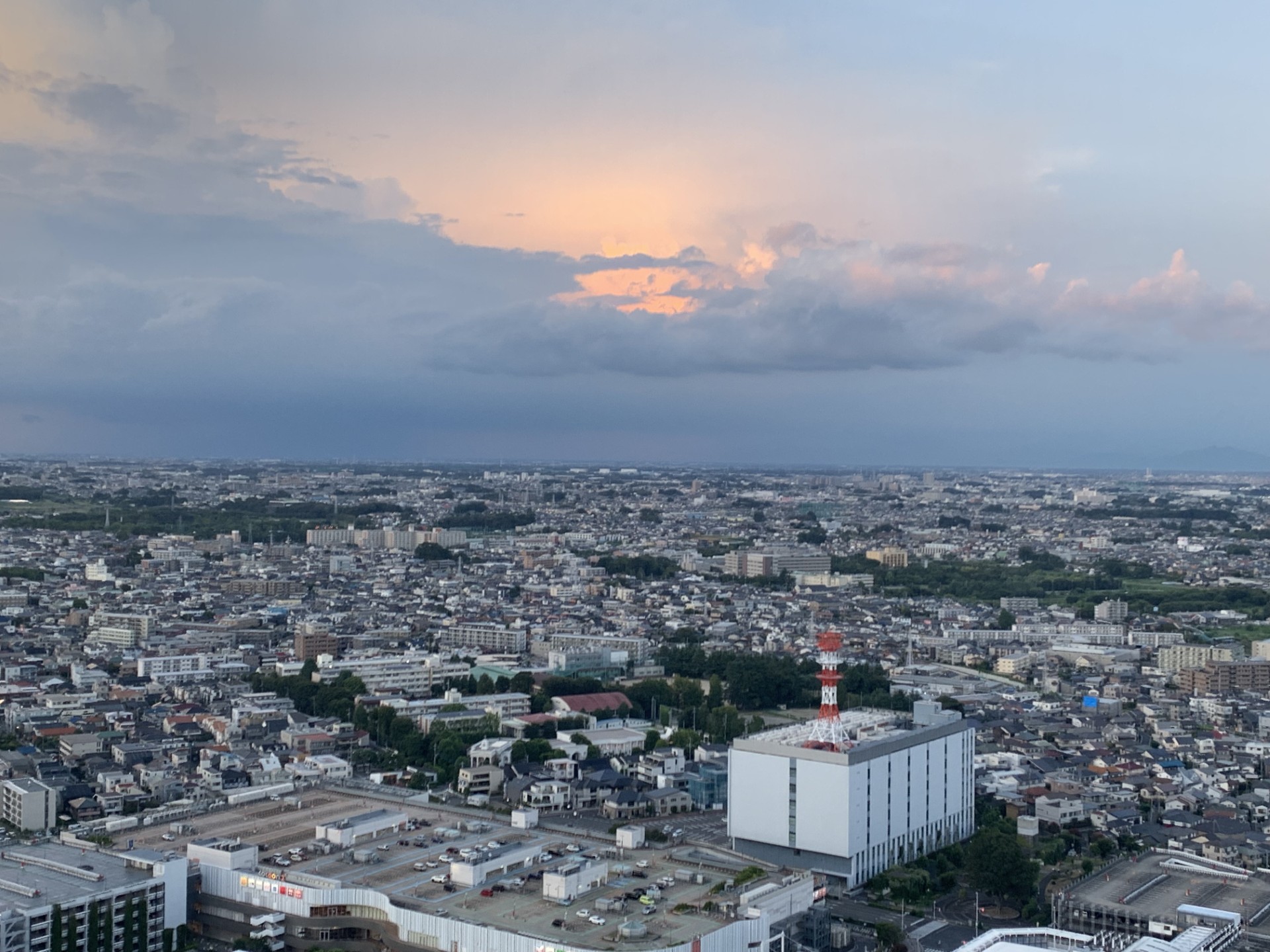
Musashi Ichinomiya Hikawa Shrine
With a history of over 2,400 years, this is one of Japan’s most ancient shrines and the origin of the name Omiya as a grand palace. As Musashi Ichinomiya, it attracts worshipers from all over the Kanto region, and it especially gets crowded during the New Year’s visit of the year. On this tour, we will have time to visit Hikawa Shrine before dinner at Omiya Ichinoe. At Omiya Park in Saitama Prefecture, adjacent to the shrine, you may enjoy cherry blossoms in full bloom in the spring.
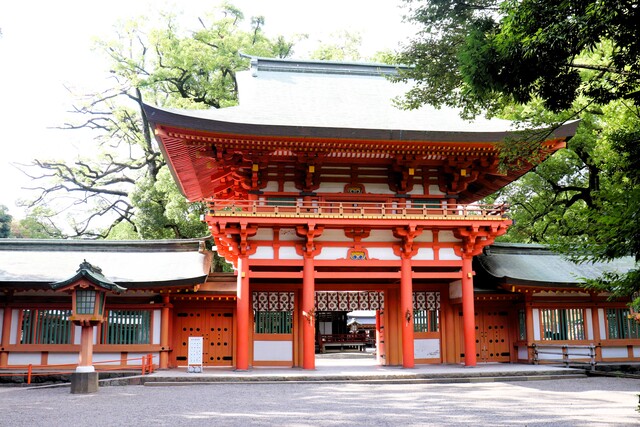
Omiya Ichinoya (Kaiseki cuisine)
“Ichinoya” stands beside the path to Hikawa Shrine. In an elegant space, you can enjoy the traditional flavours passed down for generations. All rooms are completely private. Tatami rooms, sunken kotatsu, and chair seating are also provided. You may enjoy a gourmet feast along with heartfelt hospitality.


DAY 2
Disaster prevention underground center
The Metropolitan Area Outer Underground Discharge Channel is a facility located in Kasukabe, Saitama Prefecture, designed to prevent flooding. It is also known as the “Underground Temple of Disaster Prevention” due to the appearance of the giant water tank built inside. During this tour, you will get to explore this impressive facility from the inside.

Brewery Seiryu
We will be visiting the Kiyotaki Sake Brewery, which has been producing sake as a family business for generations in this area, formerly known as Ayase Village, Musashi Province (now Hasuda City, Saitama Prefecture). Kiyotaki Sake Brewery is renowned for its top production volume in the Kanto region and its exceptional taste and quality. The brewery is committed to providing customers with a sense of security when consuming handmade sake by allowing direct purchases from the brewery, making it the first in the industry to offer this service.
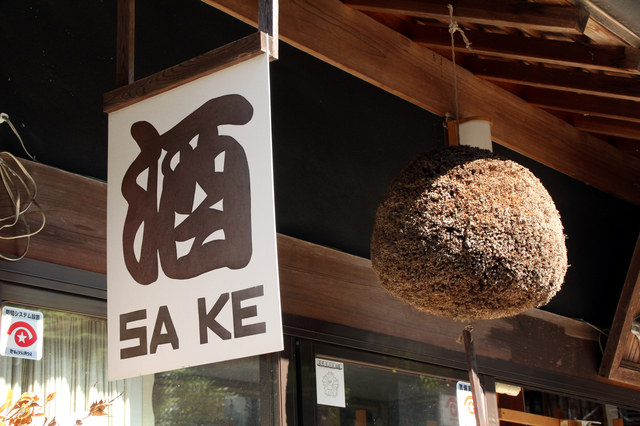
DAY 3
Gyoda Hanachozu
Hanachozu (Floating flowers in the basin) began at Gyoda Hachiman Shrine in April 2020, with the desire to provide healing to those who visit the shrine during the Covid-19 pandemic. This initiative spread to Sakitama Shrine in the city, and with the intention of providing hospitality to visitors who come to enjoy the Hanachozu, “the Gyoda Hanachozu Week” has started in October of the same year. Not only the shrines but also the eaves of shops and houses are adorned with Hanachozu throughout the entire community.
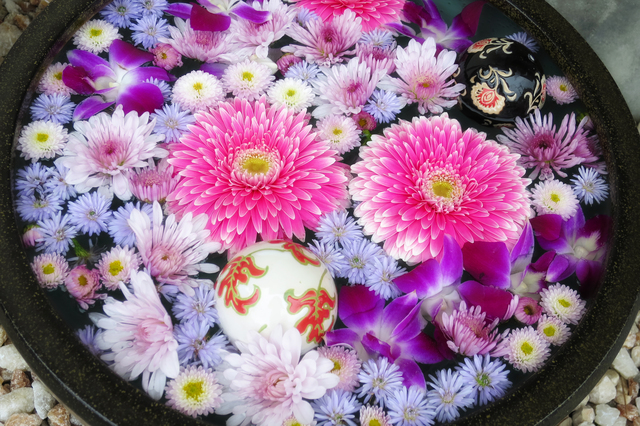
Gyoda tabi socks
Gyoda town has been known for centuries as a prominent producer of tabi socks. These traditional socks are made through a meticulous 13-step process, which you can experience firsthand at a well-established travel shop in Gyoda. At the end of the tour, you’ll have the opportunity to take home a pair of tabi socks as a souvenir.
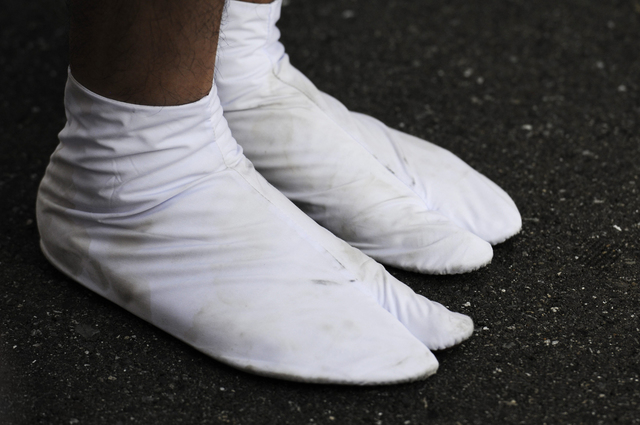
OTHER EXPERIENCES
★The world’s largest rice field art: Available from mid-July to mid-October
From mid-July to mid-October, rice paddy art is at its prime and can be viewed from the Ancient Lotus Hall’s Observation room. The rice paddy art of Gyoda City started in 2008, with rice transplanting taking place yearly due to several volunteers and participants; not only the designs original, but some have been collaborations with movies, TV shows, games.
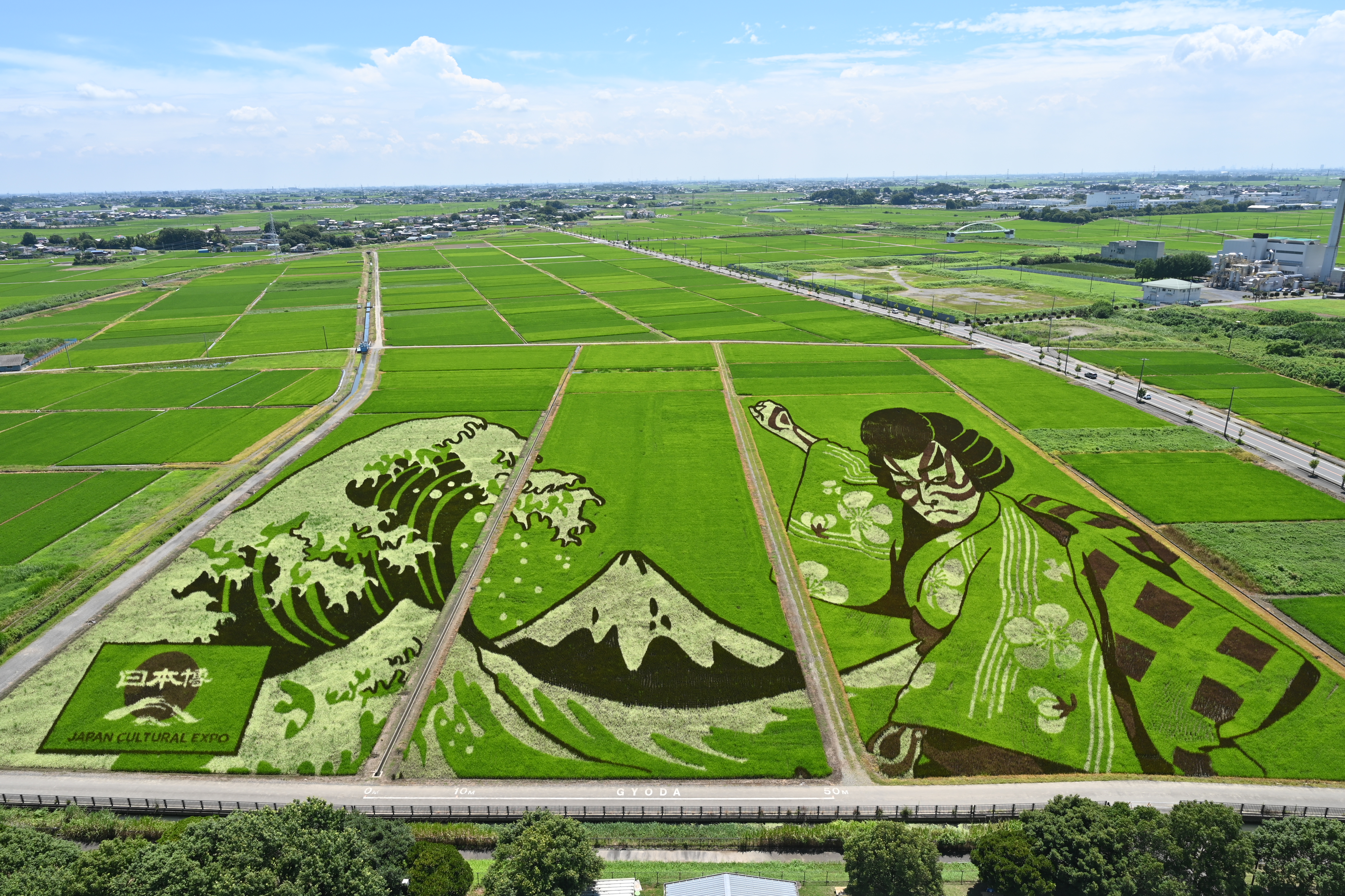
★Oshi Castle ruins: Available all year long
Oshi Castle has been counted as one of the 7 famous castles in the Kanto region; it was built in the civilization years of the Muromachi period. It is known as an “Uki-jo (Floating castle)”, as it is said to have endured the flooding of Ishida Mitsunari during Toyotomi Hideyoshi’s suppression of Kanto. This story has been modeled for the movie “Nobo-no-Shiro” (The floating Castle)”.
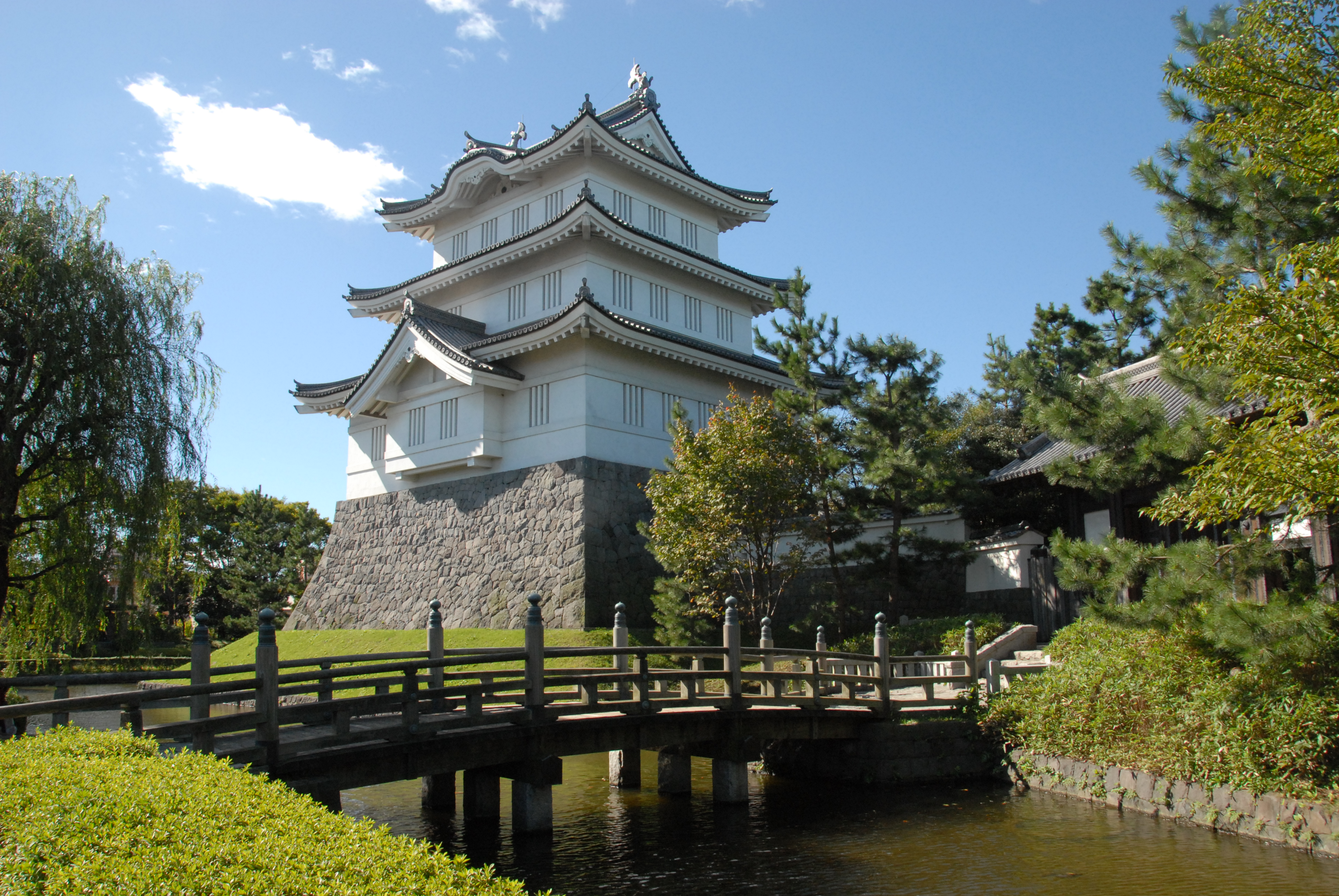
“We gladly handle tour arrangements for groups starting from 10 participants.”
Contact : dmcjapan@keio-kanko.co.jp
